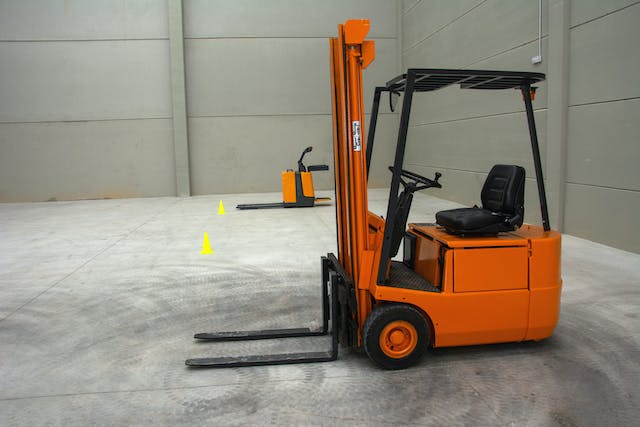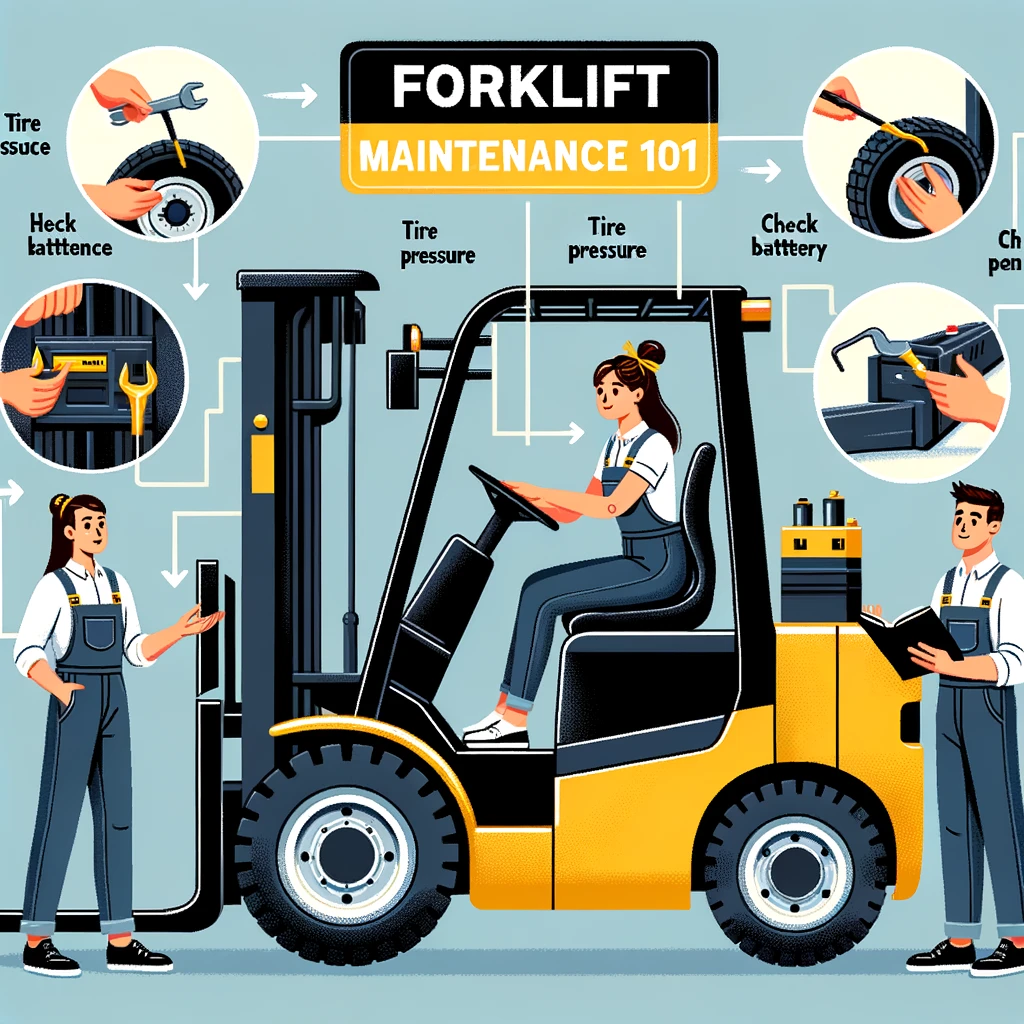When delving into the world of forklifts, making the right choice is crucial, whether you’re buying or renting. Forklifts, with their intricate dynamics, come in varying models, primarily the 3 wheel and 4 wheel versions. Both are designed to cater to different needs and operate effectively under divergent conditions.
Three-Wheel Forklifts: Compact and Convenient
Three-wheel forklifts are your go-to options when dealing with confined spaces, typically indoor warehouses. The smaller turning radius of these forklifts is a major plus, allowing for more refined maneuverability compared to their 4-wheel counterparts.
Often called “piggyback forklifts”, these are aptly suited for tasks involving inside and outside rack loading and are known for their transportability, often hitching a ride on the back of semi-trucks. The compactness, ease of use, and the lower cost make them ideal for businesses looking to optimize without overspending.
However, it’s paramount to note the limitations of three-wheelers. Their capacity does not exceed 2500 kg, making them unsuitable for larger loads and they struggle on uneven terrains, rendering them less versatile in environments with gravel, soil, or any irregular ground.
Four-Wheel Forklifts: Robust and Reliable
Venturing into the realm of 4-wheel forklifts, we find machines that thrive on rugged terrains and steep inclines, thanks to their higher gradeability and stability. The load capacity is impressive, accommodating between 1600 kg to 8000 kg, catering to heavier industrial needs.
These models symbolize strength and precision, excelling in tasks such as loading, unloading, stacking, and dealing with medium to high racking. Their forte lies in their stability during turns and their ability to function optimally on diverse terrains.
Nonetheless, their advantages come with a price, both literally and figuratively. Their larger turn radius means they are not as nimble in narrow spaces and their heightened capacity range commands a higher price tag compared to 3-wheel forklifts.
Making the Choice: Assessing Needs and Conditions
The choice between a 3-wheel and a 4-wheel forklift isn’t about which is superior but rather, which is more aligned with your needs and operational environment.
- Three-wheel forklifts shine in smaller, confined spaces, maneuvering easily through narrow aisles and are cost-effective, suitable for lighter loads and smoother terrains.
- Four-wheel forklifts, on the other hand, bring stability and versatility to the table, adapting to rough terrains and handling heavier loads with ease, albeit at a higher cost and with less maneuverability in confined spaces.
Final Thoughts: Aligning Choice with Needs
When standing at the crossroads between 3-wheel and 4-wheel forklifts, the determining factors boil down to specific needs, operational environment, and budget considerations. An in-depth assessment of these elements will pave the way for an informed decision, ensuring that the chosen equipment seamlessly integrates into your workflow, enhancing efficiency and productivity.
Whether you find solace in the compact convenience of a 3-wheel forklift or decide to embrace the robust reliability of a 4-wheel one, understanding their respective strengths and limitations is crucial in leveraging their capabilities to the fullest.




